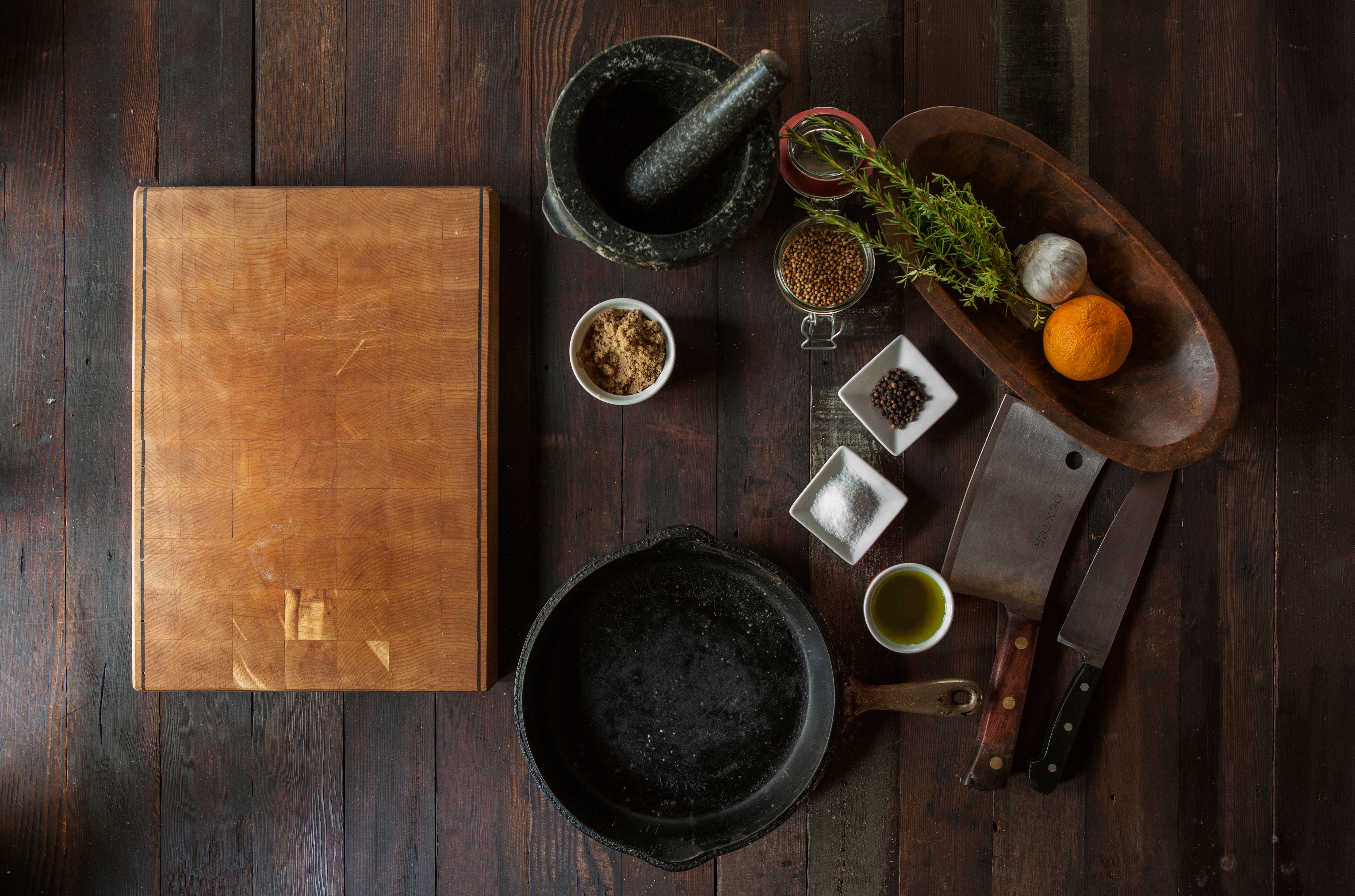by kdwyer | Feb 12, 2018 | Organizing
In
Part One of our series on Photo Management, we discussed the overall strategy of creating a workflow for organizing your family photos. After
designating one central storage space of the correct size, here are some tips on what to do next.
Step Two – Get Everything into One Photo Catalog
- Create one folder on the one designated drive space.
- Initially, this is your photo catalog.
- Name the folder whatever you like: MyPhotoVault, or something you like.

- Start moving your collections
- Move only small amounts at a time. Remember, you don’t want to get discouraged and give up.
- Try working for only 15 minutes, or tackle just one month of photos at first
- Put this short task on your schedule at a regular frequency that feels right for you.
- It doesn’t matter where you start, but be sure to make a note of it, so you can come back to it later. Maybe – the oldest month of photos on your local hard drive, or someplace like that.
Step Three – Review the contents of your new folder
Now that you’ve designed your photo catalog and placed all your collections in it. Start to review your collection.
Realize that you are looking at these photos with a perspective you may not have had when the photo was originally taken. It is possible that the image may have new importance, or you have gained new knowledge, especially if it contains something (or someone) that no longer exists.
Three Folders Are Best
As you cull what’s worth keeping, KISS it – Keep It Simple, Silly. Make only three subfolders; anything more complicated is too much trouble.
BEWARE of Creating Extra Folders
- Choose a catalog outline that works best for you and stick with it.
- Folders by the year or by quarter might work well. Or you may discover a different design fits your needs.
- Do not sort by person name. I have seen some people sort by family name with some success, but either of those methods can get messy, as you can imagine.
- Read about best practices for naming files and folders. This will make finding what you want easy and efficient. One of my favorite filename convention outlines is here.
So, you might be asking: What if we don’t know the exact year the image was originally taken? How do we find the needle in the haystack – that one image of newly found importance when we want to locate it again?
Metadata to the Rescue! 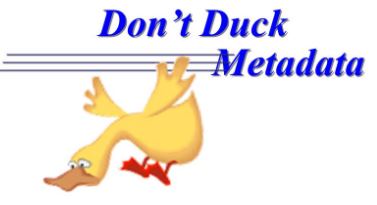
Finding your photos is where the value of metadata shines. In my next post, I’ll be sharing how to assign metadata to your images that will stick with them when you move them around, so that you can search for and find what you want.
by kdwyer | Feb 12, 2018 | Organizing
A Workflow for Finding and Preserving Your Images
Your photographs are not just files and folders; they’re your family memories. If you haven’t lost them by accident or tragedy, consider yourself lucky. I was not so lucky. Since tragedy struck some of my family photos, I have been on a crusade to help others keep from suffering any kind of photo disaster.
If you are like me, you long for a simple* workflow.
*All your photos flow neatly from their sources into a single library, they are searchable and shielded from harm. You want to be able to print and frame your best photos, give them as gifts, and write stories around them as you prepare for your legacy.
How Did We Get Into This Mess? – A Brief Look-Back
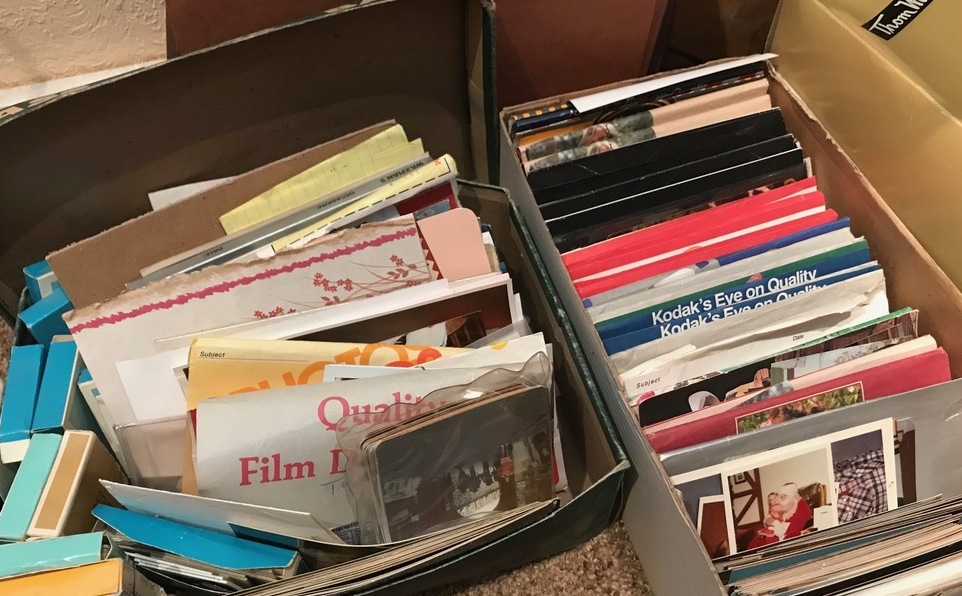 Perhaps you’ve inherited a collection of photos that look something like this. Maybe there are physical albums and scrapbooks, too.
Perhaps you’ve inherited a collection of photos that look something like this. Maybe there are physical albums and scrapbooks, too.
- Many decades ago, printing film was relatively costly. Photographers snapped pictures with a critical eye. We had to be thrifty, astute and discerning, wary of taking meaningless photos.
- Contrastingly, when digital photography became commonplace, clicking the shutter hardly made us pinch our pocketbooks. We were quite suddenly able to capture the volume of images we see today.
Previous strategies left you with no plan for how to track, sort, or store your images, and make them quickly portable as part of an emergency plan.
- Old print photos are at risk of abandonment and disintegration.
- Digital photos are scattered haphazardly across our entire digital footprint.
3 Key Objectives of a Good Workflow
- Percolate
- Address your archives with intent to make waste of the meaningless and crown the priceless.
- Tag
- Understand that adding image metadata will help you find what you want when you need it.
- Follow through
- Save backup copies in different physical locations which will protect your treasures from those inevitable hardware failures.
Rule #1 – Take Baby Steps
One thing at a time. Don’t try to tackle organizing all at once, so you won’t get discouraged and give up.
Overall Strategy
- Assess your total storage size needs so you can safely put all your photos in one place
- Cull meaningless and bad photos from the ones you want to pass on to future generations
- Apply meaningful unique file names and add searchable metadata to EVERY image you save
- Create a workflow that efficiently automates new photos going into your catalog (appropriate folders)
- Backup your catalog of images to no less than two different locations
With a sense of the overall strategy, start by gaining a sense of what you already have.
Step One – Assess Your Storage Needs
- List where all your photos are located.
- Print/Developed Photos – By this I mean all paper, tintype, Polaroid, and heirloom photos. They might be in scrapbooks, wedding albums, baby books, movie film, slides, etc. We will get these scanned to digital eventually, but for this step, just list where they are located.
- Digital photos – Regard those scattered across all your devices and programs. Include sources such as email & social media, computer, tablet, phone, digital cameras, cloud storage, etc.
- Tally the storage space needed to hold all of your digital imagery
- Double that storage space estimate
- Dedicate, or reallocate, that amount of space – either on your local hard drive or by purchasing a new external drive. This space will become your primary digital photo repository.
- If you are balking at the price of allocating or purchasing the necessary space, think about it in terms of the value of preserving your priceless photos. The minimal cost is worth your peace of mind.
In Part Two of this series, I’ll talk about how best to move your digital photos from their various sources to that one location, and detail how to sort and create metadata for the images you save.
by kdwyer | Feb 20, 2017 | Organizing
Discover “buried” treasure when downsizing, decluttering, or purging items from a household or estate.
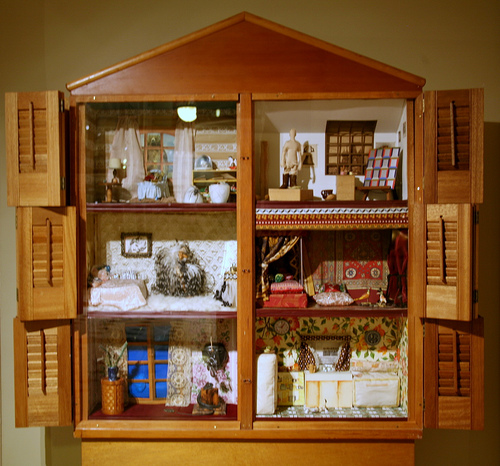
Did you know?
- Past generations (and even some present ones) often had the habit of squirreling away and hiding treasure in the home.
- It’s smart to employ a little patience and do some detective-like sleuthing before tossing items to trash or to the donation box.
Why? There are many reasons why someone might tuck away personal items of value in the home:
- Distrust of Banks and Safe Deposit Boxes
- Postponing a Decision
- Ease of Access
- Hiding From Discovery
- Purposeful Saving
- Being Forgetful or Disorganized
Unlikely places of safekeeping and stashing a cache have been used for hundreds of years. Below are a few true stories that illustrate.
Proudly Saving
I remember my mother telling me that, she lived most of her life in a time when not many women worked outside the home. She, like her mother and grandmother before her, scrupulously saved a few dollars or cents out of their monthly household allowance. The custom in those early years was for a working husband to dole out an amount from the family budget to the wife, for her to run the household. For many wives, having any of the allowance left-over, was not an easy task.
Mom would regularly gather together her saved money to build up the contents of her “secret” little white envelope. This envelope was hidden on the side of an old jewelry box at the back of her underwear drawer. The “secret”, she explained, wasn’t from my dad, the secret was from her own mind! “Out of sight, out of mind”, she would say. “If you don’t see it, then it becomes a wonderful surprise when you need it, and there it is!”
Mom was so proud of this purposeful saving in her secret envelope! She said that having that cash gave her a deep sense of independence and power. It meant she was good with money and knew the value of it. It allowed her the pleasure of being able to buy special presents for her family whenever she wanted, without having to ask my father for extra money. And sometimes, when they would plan a vacation, she would joyfully show my father how much she had saved, so they could use it for extra spending-money on their trip.

Safe Keeping
A friend of mine told me a story of having received a beloved gift of a gold ring containing all the birthstones of her family members. One time, she was wearing the ring when her family took a vacation to Mexico. Rather than attract undue attention when out to dinner in public, her husband suggested she leave the gemstone ring inside a rolled-up pair of socks inside her suitcase in the hotel room. After her trip, my friend didn’t have occasion to wear her treasured ring for quite a while and it remained inside the sock roll.
Months later, when the family was helping to do a major decluttering project, that rolled-up pair of socks must have been perceived as “old” and somehow got tossed out! When it came time to wear her special ring again, those socks were nowhere to be found. Sadly, her treasured jewelry is gone forever, probably laying in a landfill.
Hiding From Discovery
Another friend told me the story of her siblings helping their aging parents move to a smaller house. A few of the sisters took many boxes of her mother’s old clothing to a thrift store supportive of a special charity. A few weeks later, a worker from that thrift store recognized one sister on the street and stopped her. The worker exclaimed how grateful they were at the shop, to have found over $400 in the pockets of that donated clothing!
Top Tips for Finding “Buried” Treasure
- Pause Before You Purge – Take extra time before you toss away or put that old sweatshirt in a donation bag, search the pockets. You might only find lint, but you might find something else entirely!
- Look in Small Spaces – When you, your friends, or other well-intentioned family members, are helping to clear away ‘the junk’, check the small spaces for figuratively “buried” treasure. Look inside pages and behind the books on shelves, between mattresses and other hiding places you can think of around the home.
- Reach in – Use a flashlight, reach to the back of drawers, the bottom of a sock, coat pocket, small envelope. The shoebox on the top shelf may reveal a pleasant, or at least curious, surprise!
- Ask for stories – When cleaning out spaces of others, it’s important to ask people who knew the person for any stories or memories they have about the home or items you are contemplating to purge. Ask “What do you know about . . . ?“, just like you may have heard on the Antiques Roadshow television show. That ugly old vase might actually be a collector’s item!

What Surprises Have YOU Found?
Do you have a story to share about a lost or found piece of memory? Please share your large or small find in the comments section. I would look forward to hearing from you!
When you do find a surprise, I hope you are able to snag the owner quickly to capture the story behind it. But, if that person or story is no longer available, you might let your imagination run wild!
by kdwyer | Oct 13, 2016 | Organizing, Technology
Recipe Matters
In this week’s workshop, my students discussed why recipes matter. Family recipes and favorite foods from childhood prompted many memories to surface. We took the opportunity to discuss how food influenced our: Culinary history, a sense of belonging to an ethnic or cultural group, and memories of another time in life or another person’s history.
Most of us have favorite recipes that can be linked to an event or person in our lives.
It might be a holiday sweet or a dish from our childhood. There are some who consider recipes a form of art. Sometimes recipes are used to achieve a specific outcome (magic, aphrodisiacal, or medicinal). Even more are made with the intention of being a gift.
Ghosts Linger in Old Cookbooks
“Ghost linger in old cookbooks,” says Kate Murphy, in her article “Between the Recipes, Scribbles Speak Volumes”. 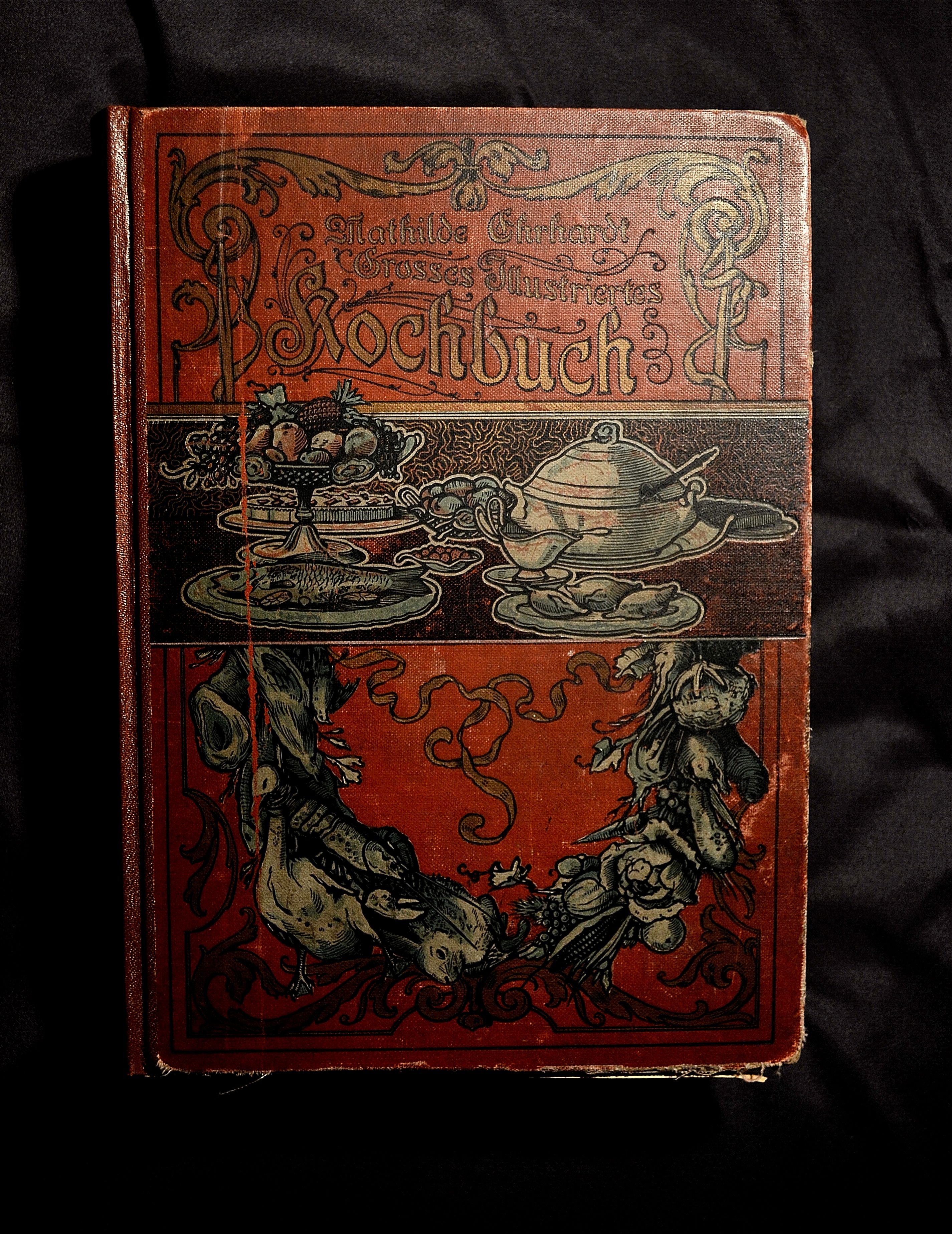
Often, cookbooks and recipe cards contain handwritten annotations about the recipe’s use, or feedback on how it might be altered, or when and for whom the dish was made. My mother annotated her own cookbooks and recipe cards in her catalog box. Having those items passed down to me makes me feel like she is with me in my kitchen. Her handwritten notes and comments are a reminder that I am passing down her history and her ancestor’s history with these recipes.
Paying Recipes Forward
Many people include cookbook collections in their wills and legacy letters. Some collections can be quite large, especially if the collector was a world traveler. As we move to adding e-recipes into our inherited or new collections, are we mindful to jot in any notes about the recipes we are trying?
Many times when I’m looking for a new recipe these days, I find it easy to do an online search using keywords of ingredients I have on hand at the time. I will then print out the recipe that sounds good and use that in the kitchen because I don’t want to soil my device. I store the printout in a folder in my cupboard and also an e-copy in a folder on my computer. But I don’t really organize these in any way. When I want to make the recipe again, I never seem to find the previously-printed copy that I may have made notes on, so I end up printing out a new version.
Are you printing out online recipes? Are you making handwritten notes for you and your children and grandchildren? If so, how are you cataloging your printouts? I realize that a lot of people aren’t even cooking much anymore, they opt for the convenience of restaurant food, or premade recipes from the store.
Have you thought about how you might pass on your favorite recipe to your children and grandchildren? Please send me your comments!
by kdwyer | Oct 13, 2016 | Organizing

Current Workshop Success!
My heart is full as I write today’s blog. I’ve in the midst of executing my 5-week workshop “Preserving Your Family Narrative” in Westminster. My workshop attendees are lively and engaged; I couldn’t have hoped for more warm and genuine people who are encouraging each other to share their life stories! 
As we wrestle with what to focus on in their stories, and what memorabilia to
include, we talk about not only organizing timeline facts, but telling what really matters – conveying passions, values, hardships overcome and wisdom to share.
My Super Training Memory
This reminds me of a memorable workshop where I was the attendee. The topic was improvisation. Most of the students felt like they were not born with the improv gene, and started out feeling shy and quiet. But the trainer soon had us all up and moving about together in a human train;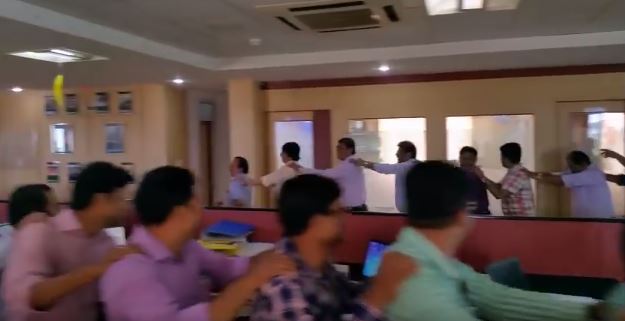
holding onto each other’s shoulders, following the leader as she slowly jogged us around the outside edges of the room to some musical beat. Our leader then yelled out the starting sentences to a story using just a few sentences.
The rules were:
- Keep the train moving
- Each person, in turn, yell out an additional sentence to the story
- You must yell out your sentence within 3 jogs (steps) of when the last sentence was completed.
- Your sentence must begin with the phrase : “Yes! And….”
We had to concentrate on moving and to the content of the person’s sentence in front of us. We had to yell out our own sentence, and having the time constraint made the outcome hilarious!
The Take-Away
The exercise proved many things to us. One of which was that we could all do improv, even when we thought we couldn’t. Another was showing us the power of the word “Yes”. It got to be a pretty wild and convoluted tale by the end of the line, but absolutely everyone was smiling! What I’ll never forget is the feeling of positivity, the laughter, and feeling of empowerment that I shared with all those perfect strangers. I believe these feelings bled over into many areas of my life where I was able to face new challenges with a positive outlook, humor, and faith that things would work out.
What’s Your Best Training Experience?
Have you ever attended a talk or workshop that really left an impression on you? What feelings did you take away? Were you motivated to take any action when you felt that way? What was the best training you ever experienced, and who was your teacher? Add your story in the comments field below.



 Perhaps you’ve inherited a collection of photos that look something like this. Maybe there are physical albums and scrapbooks, too.
Perhaps you’ve inherited a collection of photos that look something like this. Maybe there are physical albums and scrapbooks, too.


